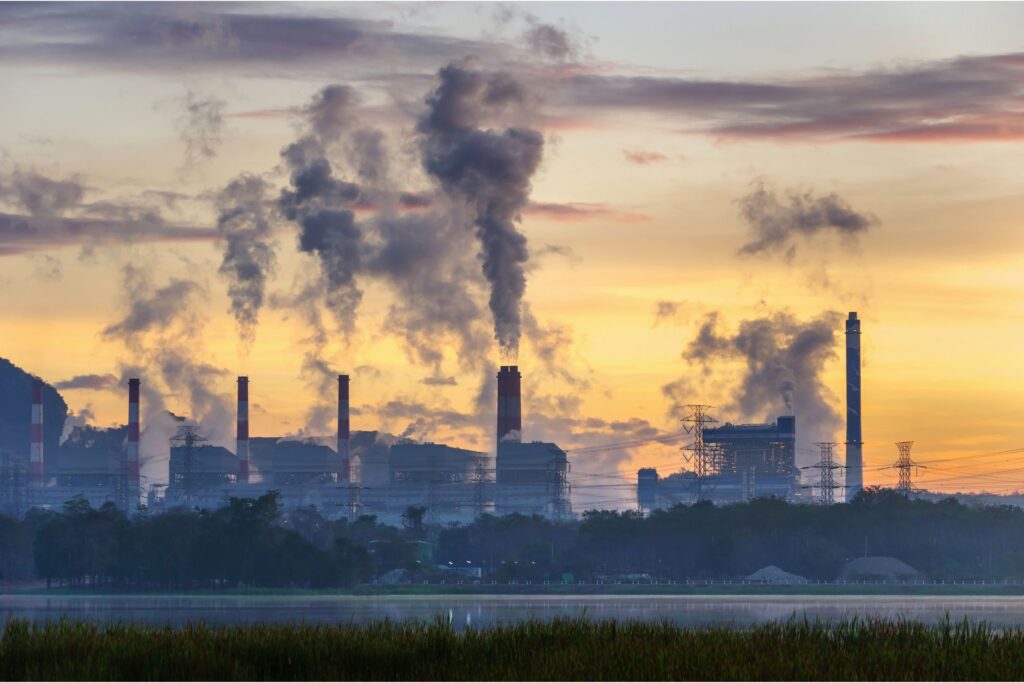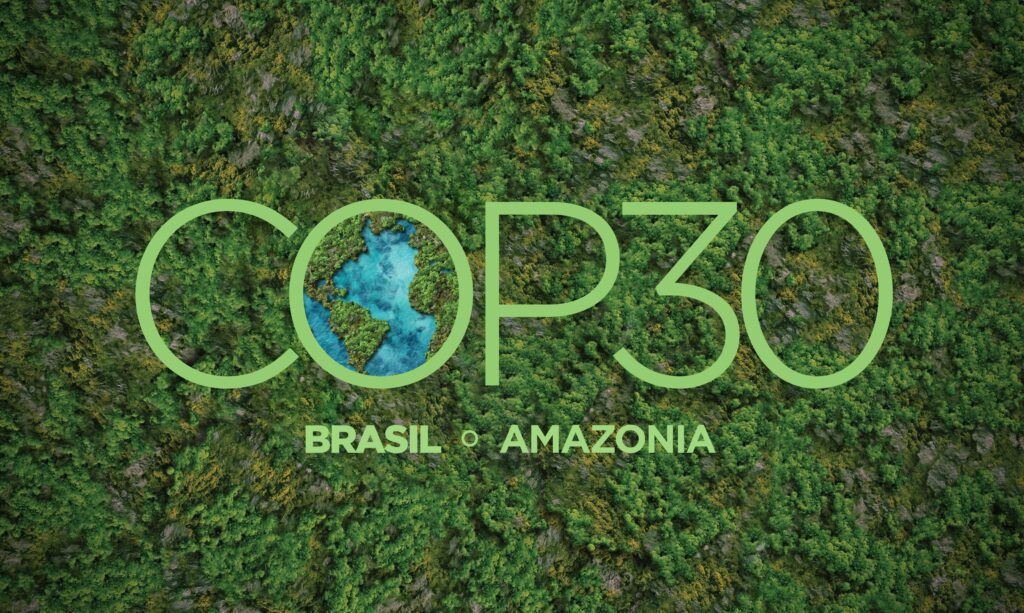As Ontario is experiencing an unseasonably warm winter, new research reveals that climate change is causing the Great Lakes, which hold 20 per cent of the world’s available surface freshwater, to warm faster than the global average. A global study published in Geophysical Research Letters, found that lakes with seasonal ice-cover , like the Great Lakes, are warming twice as fast as surrounding air temperature.
Lake Superior is the largest and coldest of the Great Lakes, but has the 2nd highest rate of warming in the world –a 1.16 degree increase in summer surface water temperatures over the past decade. The reason why? Warmer weather has meant that the length of time that the lake is covered in ice every winter is shrinking. Less ice leads to further warming of surface waters. This change in temperature can disrupt ecosystems and pose challenges to the communities who rely on a healthy lake for their livelihoods, food, and drinking water.
Increasing temperatures are only the tip of the iceberg. There are many ways that climate change is impacting the Great Lakes – and all together, they are spelling big trouble for these bodies of water that millions depend on. For example:
- Warmer water is more hospitable to invasive species like Asian Carp and encourages their spread further North. These invaders outcompete local and commercial fish species, and can permanently damage the fisheries and ecosystems that our communities and economies were built around.
- Warmer water, wind, and an excess of nutrients lead to algal blooms. The blooms are foul smelling, and some are even toxic. In 2014, an Algae bloom in Lake Erie blocked 400,000 people in Toledo Ohio from drinking water from their taps for days.
- Climate change alters precipitation patterns. It will lead to more frequent and intense storms which cause pollutants to wash into streams and lakes. Big storms send surges of water flowing over concrete and soil. This stormwater runoff picks up nutrients and sediments along the way.
- Less ice cover will increase evaporation which will reduce lake levels.
Slowing the rate of climate change will help head off many of these threats before they become too severe. But there are a number of additional threats that, coupled with climate change, are having a wide ranging impact on the health of ecosystems and our economy.
Here’s a detailed example of the domino effect in action. The risks posed by climate change to water quality and wildlife habitat are compounded by urban sprawl, population growth, and the loss of natural vegetation. Without vegetated areas to catch water, the increase of storms would wash fertilizers and sediments into water bodies – this excess of nutrients would feed algal growth. An increase in algal blooms would rob lakes of oxygen, causing fish kills. In the case of toxic algal blooms, the threat to fish, animals and even humans is directly related to exposure. Local economies are at risk from not just a lack of fish, but from green slime near the shoreline that threatens municipal drinking water supply and keeps tourisms at bay.
The short story is, the lakes are warming, and unfortunately that’s making other problems worse. The good news is that the province of Ontario is working at addressing these and many other issues through a climate change strategy and in other policy areas too. Ontario’s Great Lakes Protection Act, which passed earlier this year, sets out a framework to address the vulnerability of the lakes to climate change and other compounding pressures mentioned above.
2016 is an important year for building-up the new policy tools outlined in the Act the right way. And we will be working with other environmental organizations and concerned groups to ensure that we have a strong mechanism for protecting the Great Lakes and St. Lawrence ecosystems, and the people that depend upon them to drink, work, and play.









